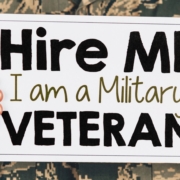How Long Does the Average Recruiter Spend Reviewing a Resume?
The first time a recruiter sees your resume, they are scanning it, rather than reading it. In fact, on average, a recruiter or hiring manager initially spends about a mere 7 seconds reviewing your resume. They are skimming your content to see if they should bother to dive any further. If the right words and qualifications jump out at them, they’ll slow down and read more. We’re not saying that every recruiter uses this several second process, but in general, it’s safe to say that a resume must pass the initial scan test.
And then, there are the bots. Many recruiters use applicant tracking software (ATS) to run the initial scan. Recruiters set the parameters, and the bot filters out the applicants based on how well resumes align with the job requirements. It will look at keywords and work history when making its decision. The software can flag or even dismiss a resume, preventing a human from ever even seeing it.
What You Can Do to Catch the Recruiter’s – and Computer’s – Eye
With only seconds to snag interest, it’s imperative that you make your resume stand out. Here are some tips to help you survive the scan test.
Tailor the Resume to the Position
This is the most important tip! When we are working on updating a client’s resume, we make sure that the top half of the resume contains all the important information that a recruiter or computer will want to know. If you can simply and clearly show that you are a match for the role – essentially, demonstrating that you can do the job successfully – then your resume will likely get more than seven seconds of attention.
You should not be submitting the exact same resume for every job application. It’s time consuming, but if you want to optimize your chances, the resume should be customized to fit the position for which you are applying. Make sure that the skill sets outlined in your resume match those included in the job description, prominently where relevant. When possible, try to use the keywords from the job posting in your job history descriptions, as well as professional summary. It would also behoove you to do some research to learn about the company’s culture (which you should be doing before applying anyway) and give concrete examples of why you think you are a good fit for the company in your professional summary.
Use a Simple Layout
Since the first view is a skim, it’s important that the recruiter and the software can quickly see the important highlights of your resume. Don’t be creative; rather, use a simple layout with headers, sub-headers and bullets that quickly draw the eye. Be sure to bold your job titles and avoid fancy formatting and fonts.
Incorporate Keywords Wisely
While you want to submit a customized resume, you don’t want to submit a spammy one. Use keywords naturally in your content. Don’t stuff them where they don’t fit and don’t overuse them. Recruiters will notice this right away, and the bots will as well.
Make Your Resume ATS friendly
Making your resume bot friendly is pretty similar to making it recruiter friendly (skill set match, use of keywords in the job description, easy to read layout and fonts, no keyword stuffing). But one additional action you can take is to create a separate resume for ATS in plain text format to make it easier for the bot to read. They have trouble with columns, imagery/charts/graphs, footers and tables.
Only Include Important Information
To make it easier to find the important info on your resume, keep the non-relevant stuff to a minimum or omit it entirely, i.e., complete mailing address, objective statement, photographs and imagery, detailed info about short term positions/hobbies/interests, and references. To dive deeper into what to exclude, read my blog What Not to Include on a Resume.
You can also find more resume recommendations in our blog Basic Resume Writing Tips.
















